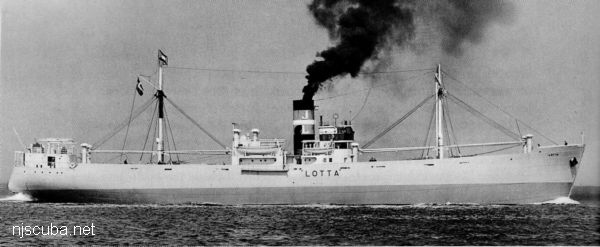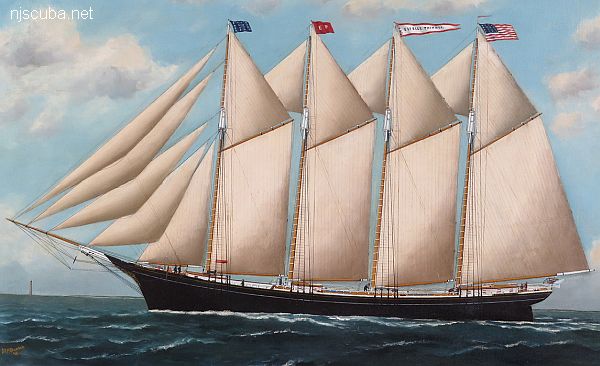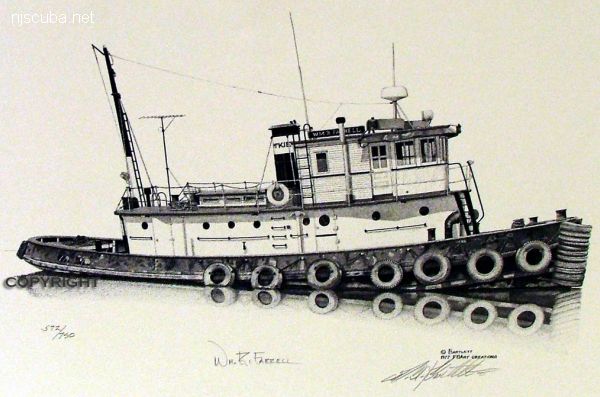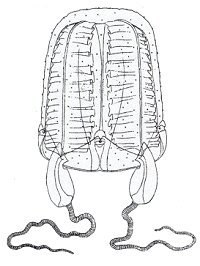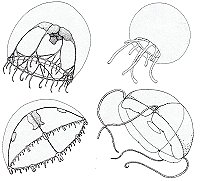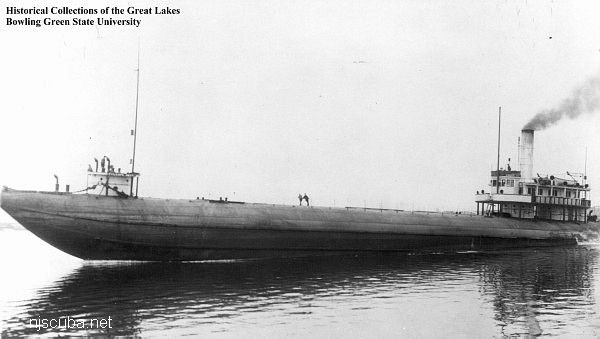
- Type:
- shipwreck, "whale-back" steamer, USA
- Built:
- 1890, AmShip Superior, Duluth MN USA, as Colgate Hoyt
- Specs:
- ( 276 x 36 ft ) 1253 displacement tons
- Sunk:
- Saturday December 25, 1909
ran aground in thick fog - 10 casualties - Depth:
- 14 ft
More: Thurmond ...

